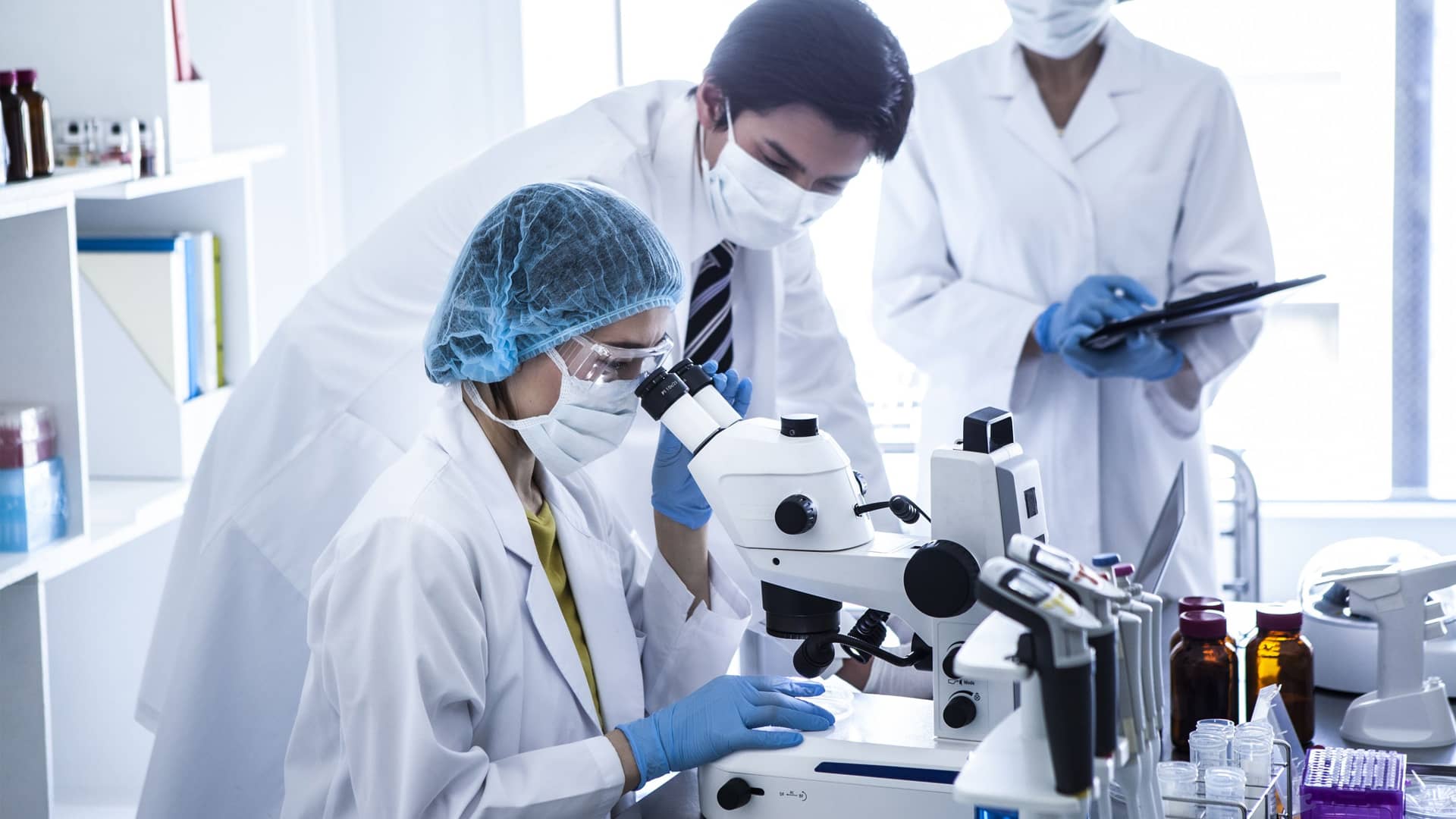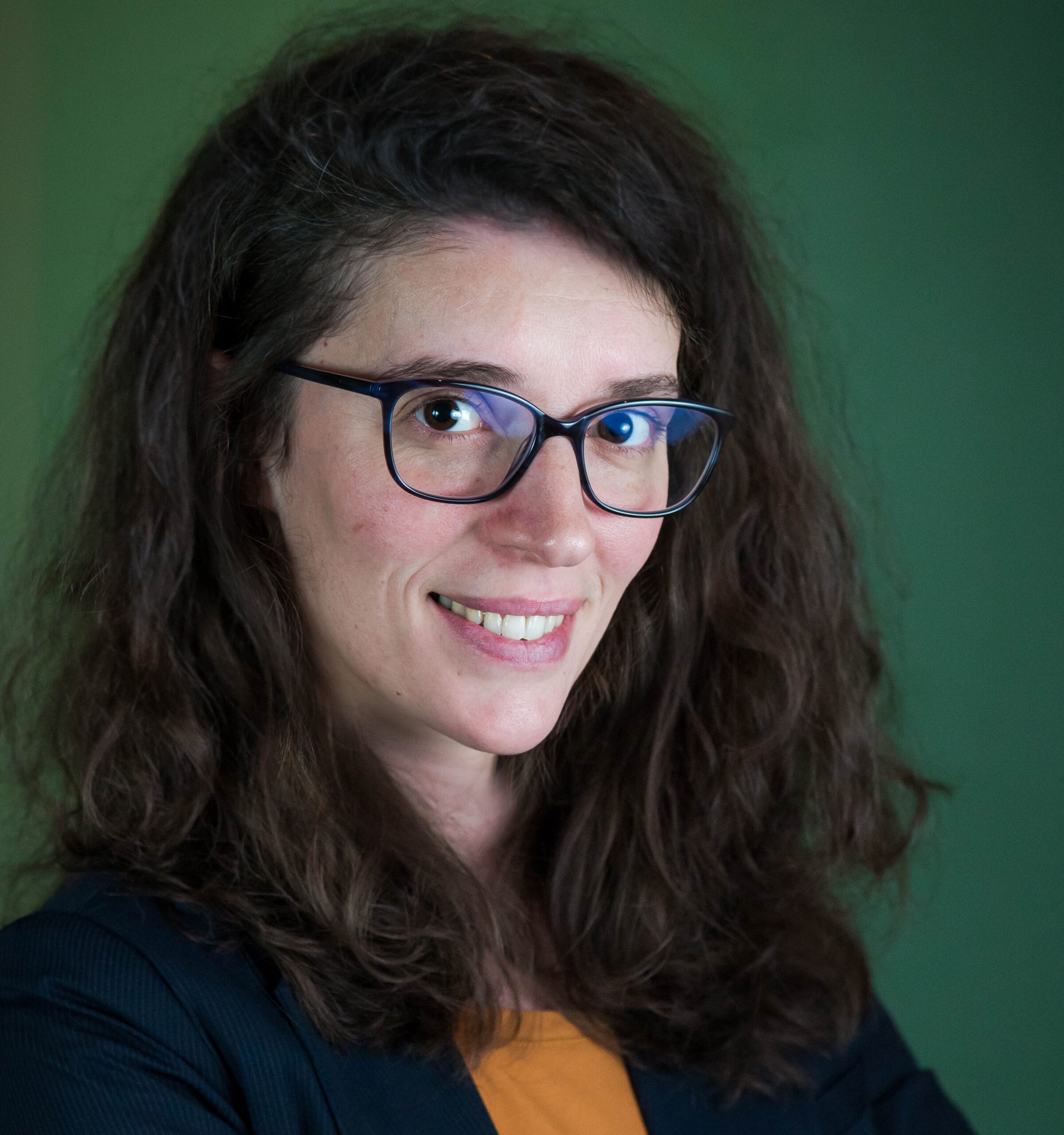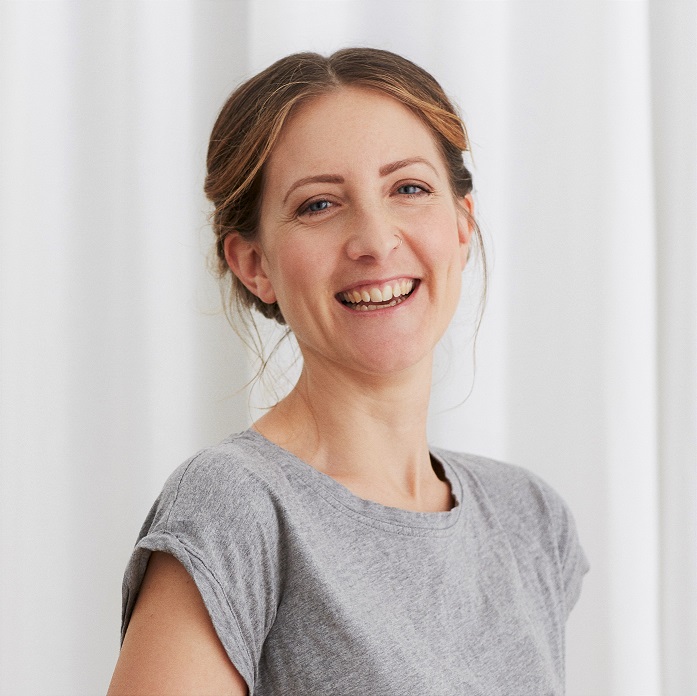
WG7 Leaders
Lead
WG7
Description
This WG plans to encourage scientists to participate in science communication activities to increase awareness in society and education regarding the environmental issues related to N/MPs. As an outcome, WG7 proposes to mobilize researchers, school leaders, local authority, support staff, teachers and practitioners, students, and parents by means of traditional journalism (e.g., newspapers, radio, TV), face-to-face events (e.g., science cafes, sci-art, science centers, and museums), and online interactions (e.g., citizen science, social media, podcasts) to empower citizens as key actors in addressing N/MPs challenges.)
WG7
Subgroups and subgroup leader
Boardgames for educative purposes
Leader: Ricardo João Ferreira Simões, Faculdade de Engenharia da Universidade do Porto, Portugal
Science communication group
Citizen science
WG7
Meetings
WG7 kick of meeting, 6th July 2022, hybrid (Brescia, Italy)
The aim of this meeting was to introduce PRIORITY COST Action objectives to the participants of WG7. Self-introduction of the participants was conducted. The structure of WG6 was discussed and the results of the survey about participants were presented. In addition, a road map for WG6 activities was discussed.
2nd WG7 meeting, 21st September 2023, hybrid (Brussels, Belgium)
Several oral presentations were organized as an introduction to the discussion:
- Sabine Kienzl – Promoscience srl, Italy – IMPTOX project and NanoNinja video game
- Andreas Gondikas – NKUA, Greece – Sailing4Science
- Lara Dronjak – Center of Environmental, Food and Toxicological Technology (TecnATox), Environmental Engineering laboratory, Department of Chemical engineering, University Rovira and Virgily, Spain – TecnATox activities to increase the synergies with society and education
- Milica Velimirovic – Flemish Institute for Technological Research, Belgium – VITO activities to increase the synergies with society and education
Interactive session was organized as a brainstorming session on the paper for the journal Frontiers for Young Minds, which is planned to be prepared by the WG7 participants.
Interactive session was organized as a brainstorming session on the paper for the journal Frontiers for Young Minds, which is planned to be prepared by the WG7 participants.
- Microplastics long term effect in organisms, easy ways to determine and predict by kids
- Towards Zero Microplastic Exposure: How Kids Avoid Microplastics from Foods
- Detecting the Invisible – Scientists use cool tools to find and study microplastics. Join the adventure of uncovering the invisible pollution!
- Be a Zero Microplastic Hero – What can kids do to help keep microplastics out of nature?
- Boardgames for Educational Purposes – exploring interactive tools to promote learning about microplastics and related topics.
- Science Communication Group – designing effective strategies to share COST PRIORITY outcomes with diverse audiences.
- Citizen Science – fostering public engagement and participation in data collection and awareness activities.
- Esplora | Interactive Science Centre // Irene – Island Guardians resources (the books, etc.), Sarah – science communication/engagement, Tal – workshop developed that focuses on climate change and plastic waste in the food sector.
- Antonia Praetorius – META citizen science project // University of Amsterdam
- Violetta Tsitsiliani – Dimitris Kokkinakis – Remedies antilitter campaign // Impact Hub Athens
- Konstantinos Tsoukalas // WWF’s Adopt a Beach initiative
- Line Debaveye – Plastic Pirates // VLIZ
- Valerio Villa – citizen science activities // University of Brescia
- Interactive session – Theo Zacharis // Greek Scientist Society
6th WG7 meeting, 17th February 2025, online
This WG7 meeting was dedicated to exploring potential Citizen Science initiatives within the COST Action PRIORITY, with a particular focus on two emerging topics of public and environmental relevance: tumble dryer “lint” fibers and bioplastics in compost.
The discussion highlighted how both issues represent everyday sources of microplastic and microfiber pollution that can be effectively investigated through citizen participation. Participants exchanged ideas on how to design simple yet scientifically meaningful protocols that could be implemented by schools, local communities, and environmental groups.
The meeting concluded with the agreement to further develop both themes into structured Citizen Science pilots, to be presented and discussed in detail during the upcoming PRIORITY FINAL CONFERENCE.
WG7
Completed or ongoing activities
- Instagram take-overs during short-term scientific missions / ITC conference grants - to continue in next reporting periods
Instagram takeovers involved temporarily handing over control of an Instagram account to an individual participating in a short-term scientific mission. This person then shared their experiences, insights, and behind-the-scenes moments related to the mission on the account. The primary objective is to increase the visibility of the scientific mission and engage a wider audience, including peers, stakeholders, and the general public.
- Use of boardgames were proposed by Ricardo João Ferreira Simões and this will be explored further
- Publication in Frontiers for Young Minds
WG7 proudly published the article “Exploring the Tiny World of Microplastics in Your Own ‘Lab’” in Frontiers for Young Minds.
This publication represents a major outreach achievement of the COST Action PRIORITY network, aiming to engage and inspire younger audiences to explore environmental science in an accessible and hands-on way.
The article introduces the concept of microplastics — tiny plastic particles that can be found everywhere around us — explaining where they come from, how scientists study them, and why understanding them matters. It also includes a simple do-it-yourself experiment that allows children to become environmental detectives, collecting sand samples, extracting microplastics, and observing them under a microscope or magnifying glass.
Through this initiative, the group:
- Translated complex scientific concepts into clear, engaging language suitable for young readers.
- Designed an interactive experiment that combines curiosity, observation, and environmental awareness.
- Highlighted the collaborative and multidisciplinary nature of the PRIORITY network, showing how international science can be shared beyond academic circles.
Twelve Translations – Reaching Kids Across Europe and Beyond
To broaden accessibility and inclusion, the microplastic experiment protocol was translated into 12 different languages, making it available to children, teachers, and science clubs across Europe and beyond. These translations reflect the truly international spirit of the COST Action, ensuring that the activity can be carried out in classrooms and workshops in multiple countries. By offering the protocol in local languages, the group aims to encourage participation, stimulate curiosity, and foster scientific thinking among young people regardless of linguistic background.
This publication and its multilingual outreach mark an important step toward science communication, inclusiveness, and citizen engagement — empowering the next generation to understand and protect their environment through evidence and exploration.
WG7
Future/planned activities
- Science cafes: Exploring Microplastics: Small Particles, Big Impact
Call for young researchers interested in organizing online events by inviting experts or scientist to give a presentation in the field of microplastics:
- What are microplastics and why are they a concern?
- Sources of microplastics (e.g., plastic pollution, microbeads)
- Microplastics characterisation
- Environmental impacts of microplastics
- Potential human health implications
- Ongoing research and solutions
- SciComm Academy
To teach researchers how to communicate clearly about their research in collaboration with COST action: Science writing, Pitch training, Infographics, Podcasting

